



The Supreme Court of India in October 2025 allowed the limited sale and use of NEERI- and PESO-approved green crackers in Delhi-NCR during Deepavali as a “test case” to balance festivities with pollution control. Green crackers, developed by CSIR–NEERI, emit 30–40% fewer pollutants than conventional ones but are not entirely pollution-free. The court directed strict time limits, licensing, QR code verification, and air quality monitoring to ensure compliance. While this move aims to promote eco-friendly celebrations, experts caution that weak enforcement and public unawareness remain key challenges to effective implementation.
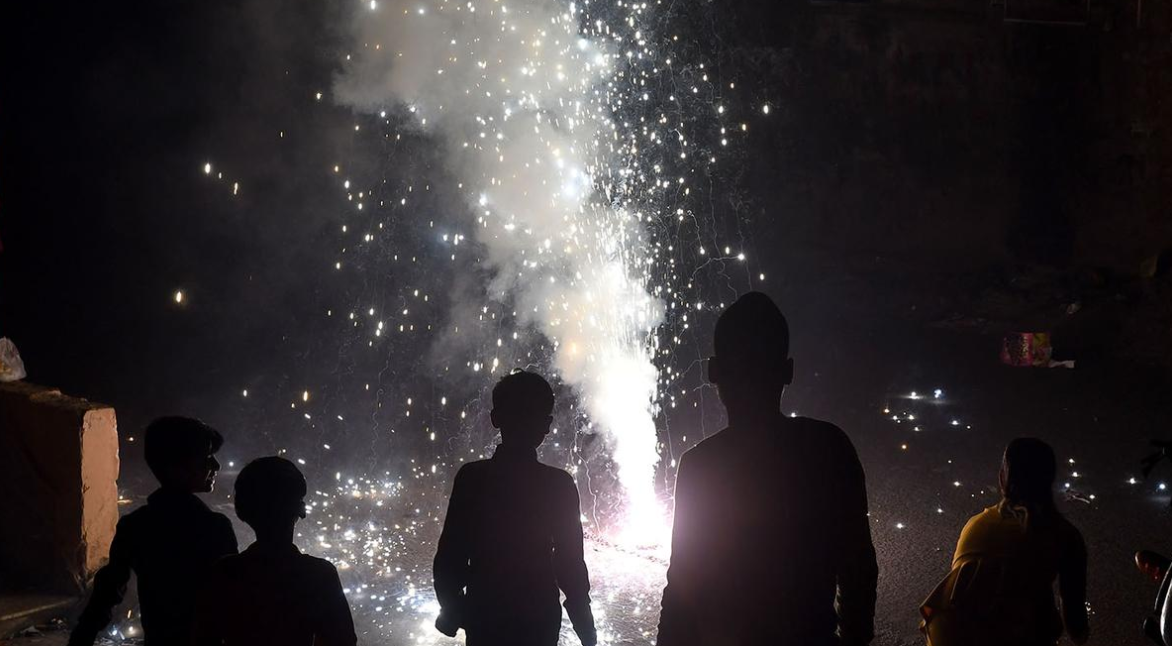
Copyright infringement not intended
Picture Courtesy: The Hindu
On October 15, 2025, the Supreme Court of India eased the year-long ban on fireworks in Delhi and the National Capital Region (NCR). It permitted the sale and use of certified green fireworks for a limited period during Deepavali celebrations.
Green crackers are fireworks that do not contain harmful chemicals such as barium nitrate, lithium, arsenic, or lead, which are common in conventional crackers and cause severe air and noise pollution. They are approved and certified by CSIR-NEERI and licensed by PESO (Petroleum and Explosives Safety Organisation).
|
Time / Event |
What Happened |
Key Details & Source |
|
2018 |
Concept & Development |
CSIR-NEERI along with CECRI (Central Electrochemical Research Institute) developed green cracker formulations that emit 25–30% less particulate matter than traditional fireworks by modifying chemical ingredients, e.g. reducing use of barium nitrate, using additives and binders. (Source: Down To Earth) |
|
2018-2019 |
Regulatory norms introduced |
The Supreme Court introduced a ban on conventional crackers during Diwali in NCR and allowed use of green crackers under specified timing windows (e.g., 8-10 pm). Also, PESO defined norms for what qualifies as a green cracker (no banned chemicals, use of certified labs, etc.). (Source: BioTecNika) |
|
2019-2021 |
Implementation & legal enforcement |
More manufacturers aligned with NEERI & PESO standards. Courts and pollution boards began enforcing bans on “laris” (series crackers), banned chemicals, and sales via licensed vendors. Some states prohibited sales online. In particular, in 2021, Supreme Court orders required that only “improved” and “green” crackers be manufactured and sold, banning unapproved types. (Source: srcodisha.nic.in) |
|
Recent years (2022-2024) |
Awareness, certification, and challenges |
Green crackers gained recognition; there has been rising public awareness. But challenges such as fake labeling, misuse of QR codes, enforcement difficulties, and limited manufacturing / testing infrastructure persisted. Emission reductions are claimed, but AQI improvements remain modest during festival periods. (Note: specific quantitative data on AQI trends are limited in public sources.) (Source: India TV News) |
|
2025 Deepavali Regulations |
Relaxation under strict regulatory framework |
The Supreme Court in October 2025 permitted temporary sale & use of certified green crackers in Delhi-NCR for Diwali: sale from Oct 18-20 (or 21) and use on Oct 19 & 20 between 6-7 a.m. and 8-10 p.m. only. Only NEERI- and PESO-approved crackers with QR codes allowed; online sales banned; designated sale spots; joint patrolling and random sampling for enforcement. (Source: India TV News) |
|
Measure |
Implementing Authority |
Key Features / Actions |
Timeline / Year |
Source |
|
Relaxation of total firecracker ban in NCR |
Supreme Court of India |
Allowed sale and use of only NEERI-approved green crackers during Diwali under strict conditions and time limits. |
Oct 2025 |
SC Online, 2025 |
|
Strict licensing for manufacturers and sellers |
Petroleum and Explosives Safety Organisation (PESO) & NEERI |
Only certified manufacturers can produce and supply green crackers; mandatory QR codes on packaging. |
2024–2025 |
Indian Express, 2025 |
|
Ban on e-commerce sales of crackers |
Supreme Court & CPCB |
Banned online sale of firecrackers to prevent distribution of uncertified or banned items. |
2024 |
Indian Express, 2025 |
|
Designated sale locations & monitoring |
District Collectors, Police & SPCBs |
Crackers can be sold only at pre-approved sites; joint teams deployed for inspections and QR code verification. |
2024–2025 |
LiveLaw, 2025 |
|
Permission for controlled manufacturing |
Supreme Court & NEERI |
Allowed certified units in Sivakasi and NCR to produce green crackers under declaration not to sell in restricted zones. |
2025 |
ET Government, 2025 |
|
Continuous AQI monitoring during Diwali |
CPCB & State Pollution Control Boards |
Directed real-time AQI monitoring and submission of air pollution data to the Supreme Court. |
Oct 2025 |
LiveLaw, 2025 |
|
Ban on series crackers and barium salts |
Supreme Court & PESO |
Prohibited “laris” and firecrackers containing barium or hazardous metals; violators to face seizure and penalties. |
2023–2025 |
SC Online, 2025 |
|
Public awareness and labeling initiative |
Ministry of Environment & NEERI |
Introduced QR-coded labels to help consumers identify authentic green crackers. |
Since 2019, updated 2024 |
NEERI, 2024 Report |
Source: The Hindu
|
Practice Question Discuss the role of the Supreme Court and government institutions such as NEERI and PESO in promoting the use of green crackers. Evaluate their effectiveness with suitable examples. (250 words) |
Green crackers are eco-friendly fireworks developed by CSIR–NEERI that produce 30–40% less emissions than traditional firecrackers by avoiding harmful chemicals like barium nitrate and using safer substitutes.
They were developed by the Council of Scientific and Industrial Research – National Environmental Engineering Research Institute (CSIR–NEERI) in collaboration with the Petroleum and Explosives Safety Organisation (PESO).
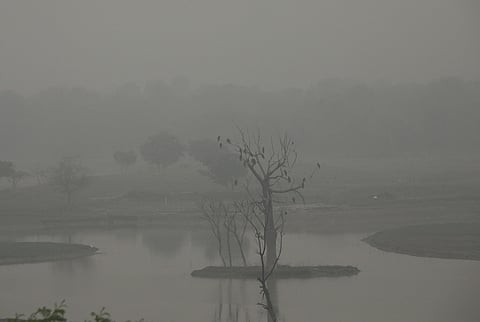
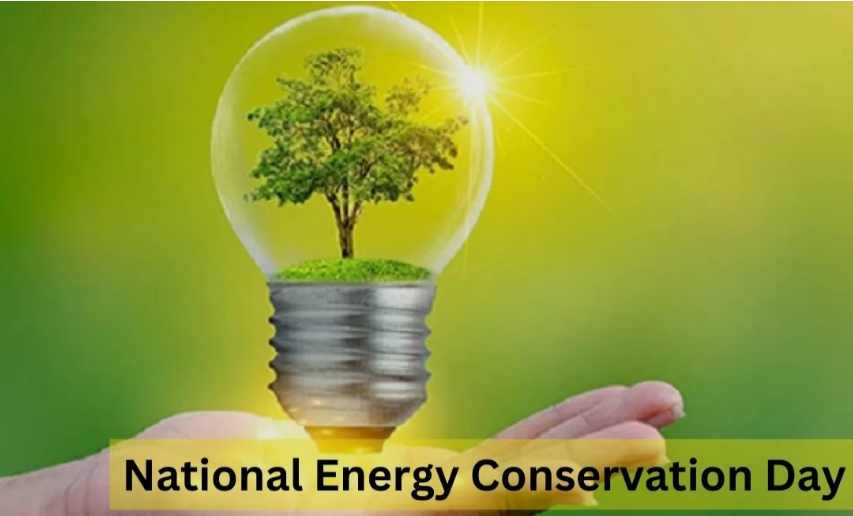
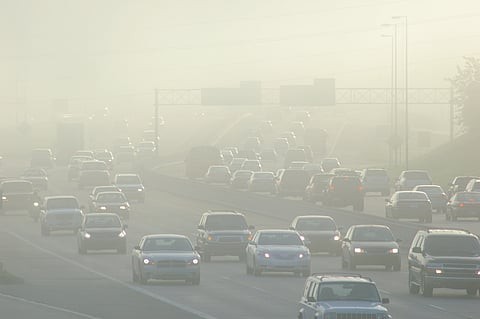
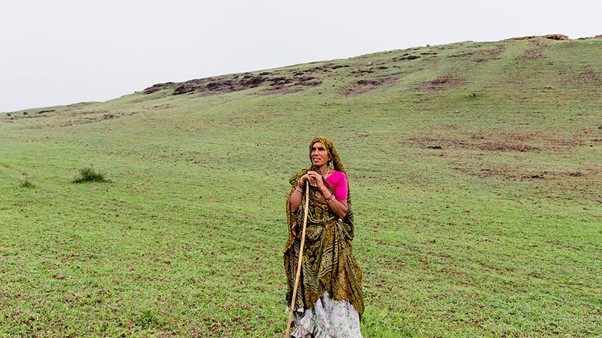
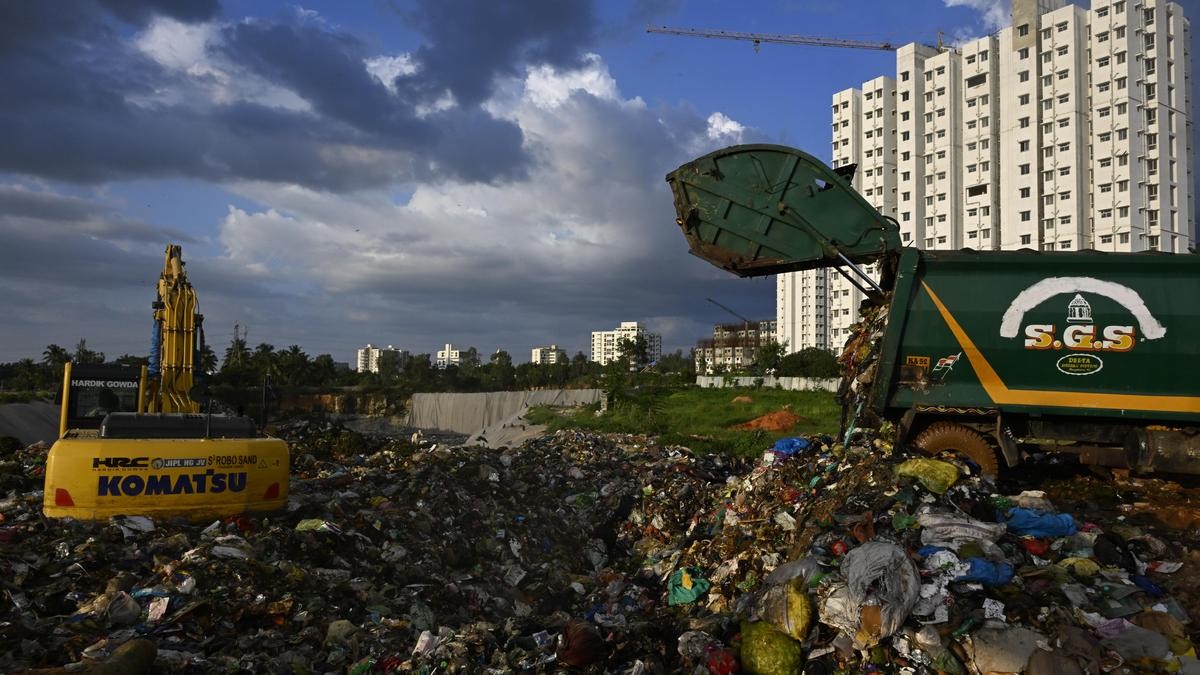
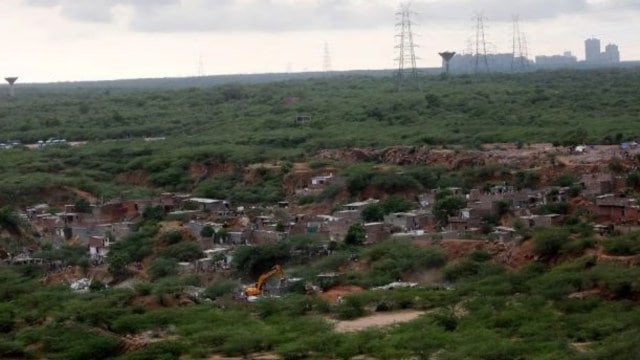

© 2025 iasgyan. All right reserved